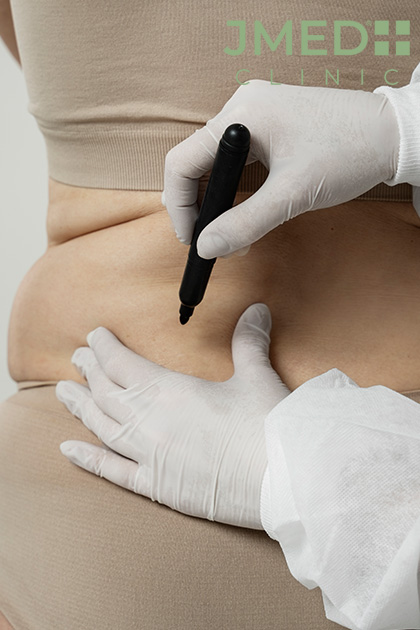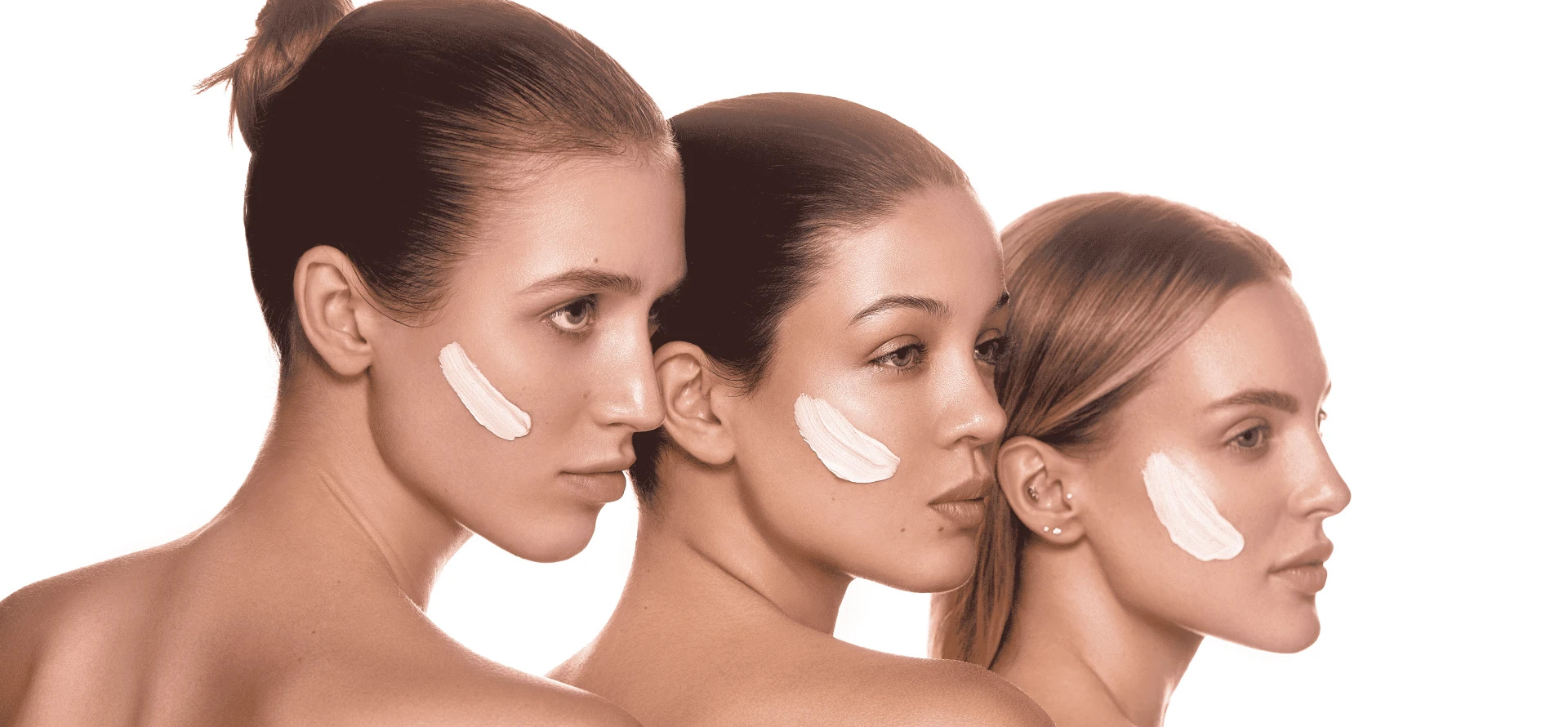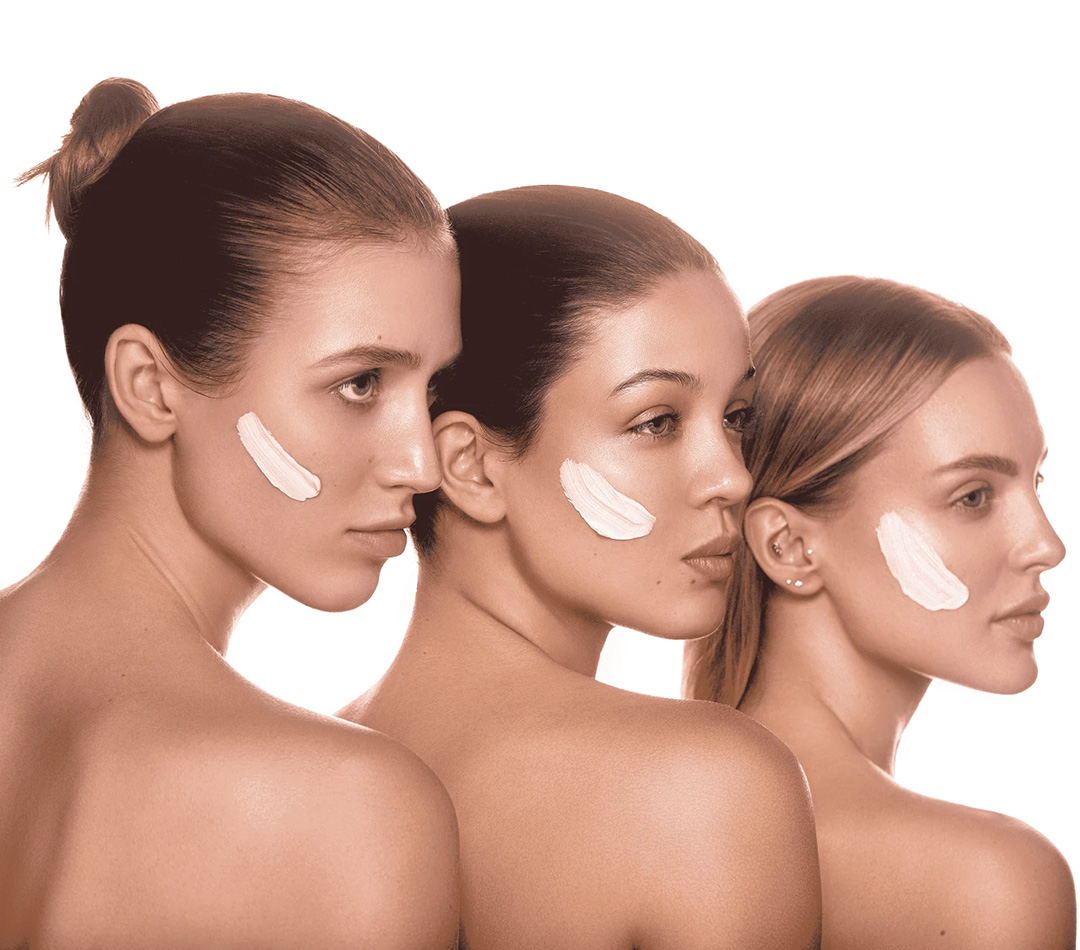Stretch Mark Removal Explained: Causes, Treatments, and Results

Stretch marks could seem to be a common issue but often tell a long story. They show up without warning, usually when your body changes faster than your skin can keep up. It may appear after a growth spurt, a pregnancy or a new workout plan. While they’re harmless, many people want them gone or at least faded.
That’s where stretch marks removal comes in. Not every treatment works and not every promise is real, which is why this blog cuts through the noise. Here you can look at what causes stretch marks, what treatments actually help, and what kind of results you can expect when visiting an aesthetic clinic.
What Are Stretch Marks and Why Do They Happen
Stretch marks are tiny scars that form beneath the surface of the skin when it stretches too fast. You often see them during major body changes, like pregnancy, puberty, weight gain, or muscle building. These marks happen because the skin’s collagen and elastin fibres tear under pressure, which leaves behind lines that can start off red or purple and later turn white or silvery.
Some people are more likely to get stretch marks than others, which has a lot to do with genetics, hormone levels, and skin type. They’re not a sign of poor health or damage, but many people don’t like how they look. Creams and oils might claim to erase them but stretch marks removal needs more than topical solutions. That is where professional help from a credible aesthetic clinic becomes an option worth exploring.
Different Types of Stretch Marks
Stretch marks could be of different types. How well a treatment will work depends or how your skin will respond, depends on the stretch mark type, such as:
Striae Rubra
These are fresh stretch marks that appear red, pink or purple. They’re often easier to treat since the skin is still in the active phase of change.
Striae Alba
Striae Gravidarum
It is caused by pregnancy and tends to show up on the belly, hips and thighs.
Striae Distensae
It is common in teenagers during puberty, often on the lower back, thighs, or breasts.
Knowing the type helps a trained aesthetic clinic pick the right stretch marks removal approach that suits your skin best.
What Doesn’t Work: Myths Surrounding Stretch Marks
There’s no shortage of bold claims online, especially when it comes to stretch marks. But most of what you see in ads or social media doesn’t hold up. Over-the-counter creams might smell nice and feel smooth, but they rarely reach the deep layers where real change happens. Sugar scrubs and coconut oil? They soften skin, but they don’t erase scars.
You’ll also find products with high doses of vitamins, but these alone won’t rebuild broken collagen. Stretch mark removal needs more than surface-level care, especially if they’ve been there for a while. That’s why so many people turn to an aesthetic clinic instead, not for magic, but for actual skin science.
Real Treatments for Stretch Mark Removal
Many people visit an aesthetic clinic to get real results as they offer treatments that work below the skin surface. You will not see results overnight, but with the right approach, skin can look smoother and more even over time.
Some of the most common treatments include:
- FillerX Device Technology: This uses a triple-wavelength laser with skin stimulation to deliver hydration and collagen-boosting molecules, all without needles
- Precision Needling Technique: A controlled, deeper form of microneedling that improves collagen response and helps active ingredients absorb better
- Premium Italian Cosmeceuticals: These are applied during or after treatments and packed with peptides and antioxidants to support healing and boost elasticity.
- Laser therapy: This uses light to stimulate collagen growth in the skin, which helps fade marks slowly.
- Microneedling: A tool with fine needles creates tiny injuries in the skin, which trigger healing and collagen production.
- Microdermabrasion: Works best for very mild or surface-level cases by gently exfoliating the skin.
All these treatments work better when stretch marks are new and may require several sessions, spaced out over weeks. You’ll need to stay consistent and follow aftercare steps to see results. While stretch mark removal does not promise perfection, most people notice real improvement after visiting an aesthetic clinic that offers these methods.
What to Expect Before and After Treatment
Before starting treatment, your skin will be examined at the aesthetic clinic to decide what method fits your stretch marks and skin type. The provider may take close-up photos so you can track your results over time. You’ll also talk about your health history and any medications you’re using.
Most treatments are not painful. However, some can cause mild redness or swelling that eventually fades. You may be told to avoid sun exposure or heavy creams right after your sessions. Depending on the treatment plan, you’ll likely need between three and six visits, spaced a few weeks apart.
Stretch marks don’t disappear entirely, but they do fade. They become flatter, softer, and closer to your natural skin tone. Results build slowly, and you’ll need to care for your skin at home between visits. Some people see changes after the second session, while others need a bit more time.
Stretch mark removal is not about chasing flawless skin. It’s about improving the texture and tone in a way that makes you feel better in your body. An experienced aesthetic clinic will always set realistic expectations before you begin.
Prevention Tips That Help
While not every stretch mark can be avoided, there are ways to lower the chances.
- Keeping your skin moisturised every day helps maintain elasticity. This works especially during pregnancy or while gaining or losing weight.
- Drink enough water to keep skin cells healthy and support their natural repair process.
- Eat foods that support collagen production, such as citrus fruits, nuts and dark greens.
- Make body changes slowly, whether that means weight gain, weight loss, or muscle building. Sudden shifts are hard on the skin.
These small habits won’t erase existing marks, but they make new ones less likely and keep your skin healthier overall.
When to Visit an Aesthetic Clinic
If your stretch marks are still red or purple, this is usually the best time to begin treatment because the skin is still actively changing. Early treatment often brings better results. If your stretch marks have been around for a while and nothing at home has helped, visiting an aesthetic clinic makes sense.
You don’t have to wait until the marks bother you deeply, but if they affect how you feel or what you wear, it’s worth getting an expert opinion. A clinic with real experience in stretch marks removal will offer guidance that matches your skin, your goals, and your budget.
Stretch marks are common, natural, and nothing to be ashamed of, but if you want to fade them, real solutions exist. The right aesthetic clinic can help make them less visible using treatments that go beyond the surface. Stretch marks removal takes time and care, but with the right support and habits, it’s possible to see skin that feels more like yours again.

